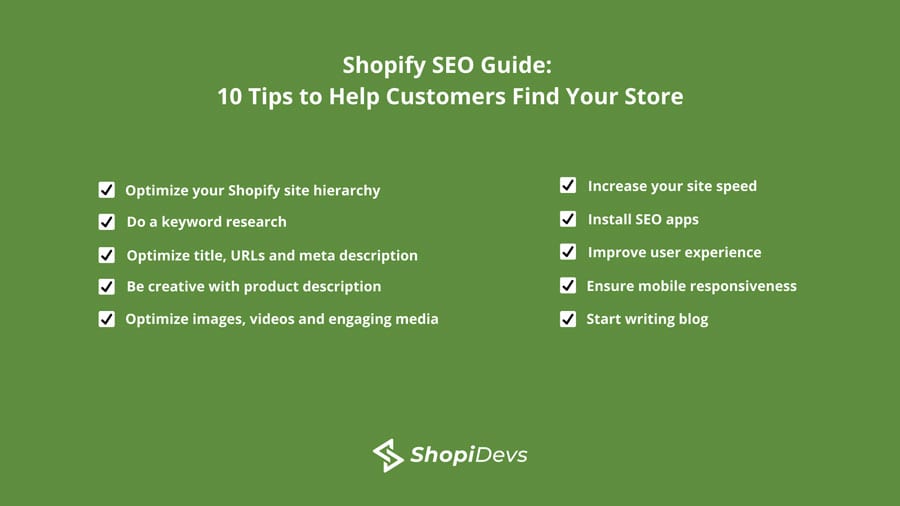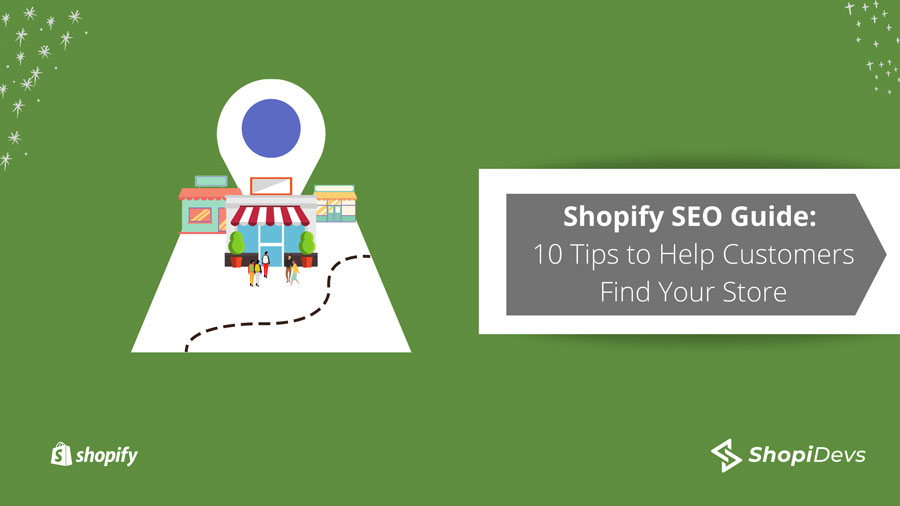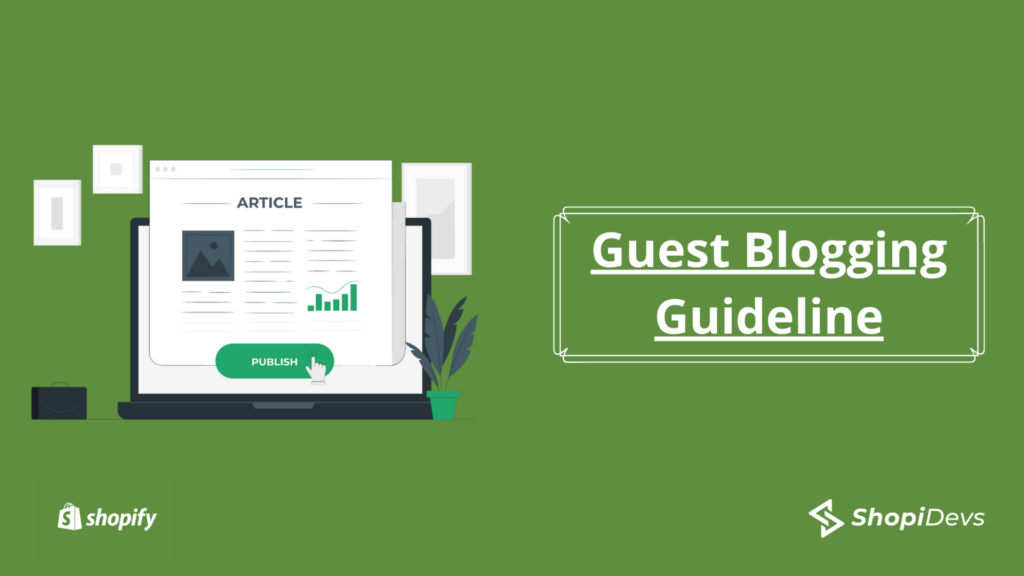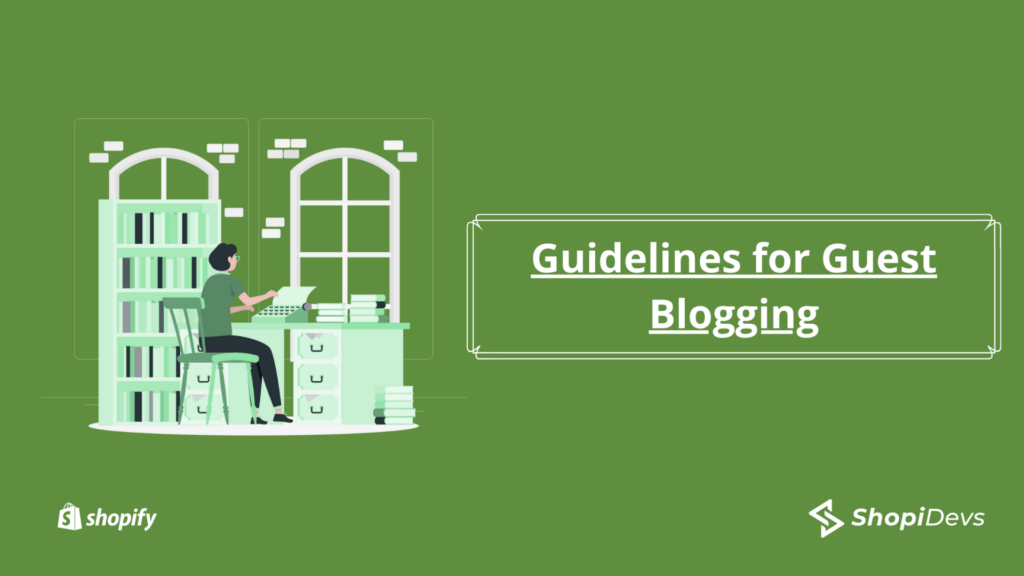Do you know what hurts a Shopify store owner the most? When they have many potential customers 0ut there, but they are not getting enough visitors in their stores. It happens when websites fail to rank top on the Google search results. As a result, they do not appear on the first page of the results and lose the chance of having more visitors. That’s why every store owner should follow this Shopify SEO guide to let their customers find the stores and can do Shopify lead generation.
Let me present the Shopify SEO Guide: 10 tips to help customers find your store.
1. Optimize your Shopify site hierarchy
Website structure is very important when it comes to navigating the site. It has a strong impact on both your customers and the search engines such as Google. Optimizing your site hierarchy helps Google crawl each page of your site and determine the most relatable one. Google appreciates the sites with good sitemaps and ranks them higher on the search results.
In the same way, when your website is structured properly, your customers can find the things they want with minimum effort and time. Generally, Shopify generates a sitemap for every store, but you can optimize it to make it more SEO-friendly to ensure Shopify lead generation.
2. Do keyword researches
Keyword research is a must when you are planning to make your store Search engine optimized. To get the best keywords for your store, you need to think like your customers. Try to feel like them so that you can come up with effective keywords. Then, you will be able to make a list of keywords that your potential customers may use to search your products.
When you have keywords in your hand, you can analyze them using any keyword tool. You may get some analysis using free tools, but you need to use paid tools to get more accurate data. Google keyword planner can be a great free keyword tool, to begin with. Now determine the keyword that you will use to target your customers. Before selecting a keyword, you need to consider factors such as difficulty level and monthly search volume.
3. Optimize URLs, title, and meta description
As you have selected keywords, now it is time to optimize your Shopify store using the keywords. Google shows the search results by crawling different pages from site to site to find the most relatable one. Optimizing SEO for Shopify stores is easy because Shopify has a built-in system that supports SEO practices.
You can edit the URL, title, and meta description of each page to make them SEO-friendly. However, be careful with keyword stuffing or overloading the page with the same keyword; Google may consider the content as spam. It would be best if you also considered the character limits when writing the description.
4. Be Creative with product description
Your product description should not be boring or exact like others. Be creative and make a unique product description for each of your products. Put the keywords if you think it is necessary. Your purpose is to describe what you are offering to your customers. When your description is unique and appealing, there is more chance that your customers will compel to shop your products.
Writing a product description is an opportunity for a store owner to let customers know about the products and the brand. So, utilize the opportunity and be creative to write your job description uniquely.
5. Optimize images, videos, and engaging media
When it comes to search engine optimization, you need to optimize images, videos, and engaging media. People respond more when the content has images, videos, and other engaging media in it. The content with only text does not attract people, no matter how informative or resourceful your content is. To create better and more engaging content, you need to use images, videos, and other media.
As you use images and other media in your content, you need to optimize them properly to make your content and website more SEO-friendly.

You may also read: Shopify email marketing tools: 5 Best Shopify Email Marketing Tools for Online Business
6. Increase your site speed
When it comes to user experience, the loading speed of your site matters; remember that your customers will not wait if your site takes more time to load. Instead, they will move to your competitor’s store. So, when designing your website to make it more compelling to the users, make sure all media using in your site are optimized perfectly.
It’s not only your customers who leave you if your site is slow. Google also counts the fact when it rates a website. If you find that your website is taking more time to load, check it using Google’s PageSpeed Insights to ensure whether your website is SEO friendly or not. This may cause a bad impact on Shopify lead generation.
7. Install SEO apps
You have already aware of the Shopify app store that is enriched with thousands of useful apps. You will get many SEO apps in the store, and you can choose one based on users’ reviews. Using an SEO app will give you valuable insights and guide you to get the best result.
You will recognize the benefits of an SEO app when you start using it. It is a great help when you have a proper Shopify SEO guide while creating content for your website.
8. Improve the user experience
When you are planning to rank your site on Google, you should reduce your site’s bounce rate. Remember that search engines consider the user experience in your site, so you should make your customers stay longer on your site. For example, you can use dynamic product recommendations, offers, and pop-ups to inspire shoppers to spend more time on your site.
9. Ensure mobile responsiveness
People tend to use mobile more than desktops to browse the internet. You will see a continuous increment of internet users who prefer mobile over desktop if you see statistics. If you check Shopify analytics, you can see the exact percentage of your visitors who use mobile vs. desktop. So, no matter how awesome your site is, you will lose your customers if your site is not mobile responsive.
Choose a mobile-responsive theme and design your site accordingly. Ensure an easy and smooth checkout experience for mobile users. Make sure your site is displayed properly on mobile. Call to action buttons should be placed and highlighted so that visitors cannot miss the buttons.
10. Start writing blogs
Blogging is a common yet very effective way to let your customers know about your brand and attract them to visit your store. If you post regularly on your website, it will help you improve your Google rankings and bring more people to your store. Blogging can also be used to educate people regarding your products and services, provide valuable related information, and so on.
SEO is something that you need to adopt from the very beginning of your Shopify store journey and keep continuing the practice to get better results. If you follow the Shopify SEO guide, you can do more Shopify lead generation and increase revenue as well.



